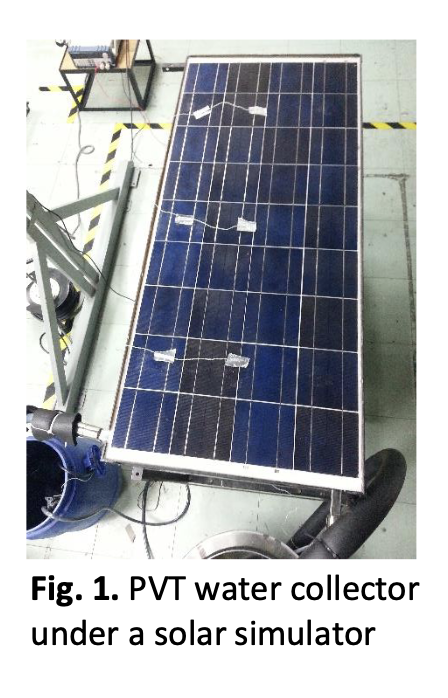Electrical Characteristics of Photovoltaic Thermal Collector with Water–Titania Nanofluid Flow
Keywords:
PVT, power, fill factor, efficiency, I–V curve, P–V curveAbstract
Photovoltaic thermal (PVT) studies show promising results from utilising waste heat under PV panels during intense solar radiation. Heat removal is essentially the base of a PVT collector. The heat absorption from the back of the PV panel is used for various purposes. Collected solar energy is mostly converted into heat and needs to be extracted to maintain PV efficiency. The PVT collector works similarly as a flat plate solar collector, except that the short wavelengths are converted into electricity and the remaining wavelengths into useful heat. The heat collected is also at a lower magnitude than those collected by solar thermal collectors. This research presents an experimental investigation that improves the efficiency of a PVT water collector with and without titania (TiO2) nanofluid using a spiral absorber as a coolant. Results show that the highest maximum power increase is obtained when the 1.0 wt% TiO2 nanofluid is used as a coolant. In addition, the generated power increases with the addition of solar radiation, and efficiency is slightly higher than that of the PVT water collector without TiO2. The electrical characteristics of the PVT water collector are represented by plotted current–voltage and power–voltage curves.
Downloads




























